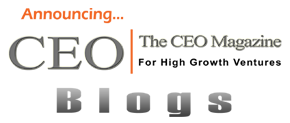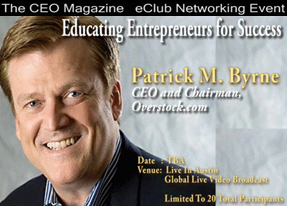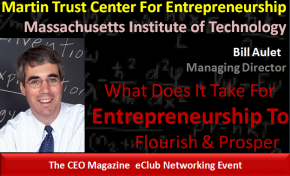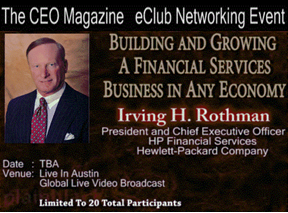 Energy drives all living things — that includes organizations. People, the seasons of the year, and companies share a common life cycle: birth, growth, maturity, and decline. Importantly, for an organization to survive, it must jump onto a new growth curve before reaching the end of its decline phase. Companies that complete the jump, like Amazon, survive, while others that don’t, like Blockbuster, fail. Any company can find new life with four types of energy potential: innovation, optimization, social and elemental.
Energy drives all living things — that includes organizations. People, the seasons of the year, and companies share a common life cycle: birth, growth, maturity, and decline. Importantly, for an organization to survive, it must jump onto a new growth curve before reaching the end of its decline phase. Companies that complete the jump, like Amazon, survive, while others that don’t, like Blockbuster, fail. Any company can find new life with four types of energy potential: innovation, optimization, social and elemental.
Each employee has a natural predisposition towards either exploration (innovation) or optimization (efficiency). They also prefer to interact socially (with people) or elementally (with things or systems). Employers need energy in the right place to maximize their current strategy, and employees want to be in roles where they deploy their natural preferences most powerfully. When strategy and strengths are aligned, talent retention improves, and potential is actualized.

Traditional leadership psychometric instruments focus on engaging employees through improving communications and mutual understanding (Myers-Briggs, StrengthsFinder, DISC, Predictive Index etc.) In recent history, psychometric models expanded to incorporate more modern ethological and cybernetic considerations. These more complex models adapt as technology improves and society evolves. That means that with new tools like the AEM-Cube, leaders may easily identify “heat maps” of what naturally motivates energy individuals, teams, and entire organizations. Identifying preferences, and igniting their potential, leads to engaging employees most powerfully and ultimately, increases profitability.
Companies like Apple, IBM, Phillips, and Heineken are already using the AEM-Cube tool to tap into new sources of energy. The heat map below represents data that may be gleaned from the AEM-Cube tool. This illustration is similar to that of a large U.S. engineering company.

Assume this company wanted to innovate with a completely new product or service that had never been tried before. Leadership tried various ideation programs to little avail. Upon identifying where its employees’ energy potential exists, this organization now realizes that:
- 80% of its employees prefer optimization to innovation. In other words, they get into action by creating efficiencies, refining, stabilizing, and executing existingprocesses. While still capable of innovating, their ideas come from experience and evidence. These employees also naturally shine at Kaizen, Lean Six Sigma, or continuous improvement initiatives as well as scaling up and stabilizing existing ideas.
- 71% of employees exhibit elemental energy, preferring to focus on the product, technology, or content side of the business. They naturally thrive in systems development or product improvement.
Understanding an organization’s heatmap is the first step to identifying energy potential that is often at best underexploited, or at worst, ignored completely. For example, employees with all types of energy potential are capable of innovating, but those who naturally prefer exploration will look for ideas that have not been tried before and require less structure to get into action. To successfully innovate, the engineering company represented by this heatmap would need a proven process with clearly defined expectations. Preferably, it would also involve product, technologies or systems development as the topics around which to focus ideation efforts.
Breathing new life into any company isn’t a mystery, it’s just a matter of finding and deploying energy. Once any organization understands what energizes its employees, it can tap into under-used potential to continue or regain success.
About the Author
As former CEO of Military Assistance Company, and SVP Innovation & Sustainability at global companies Balfour Beatty Investments and Lend Lease Americas, Tabitha leverages years of successful experience with innovation program leadership, leader development, and powering organizational potential. She is also a published and credentialed Certified Energy Manager®, Certified Demand Side Manager®, and is responsible for implementation of the world’s largest rooftop solar community. While helping dozens of companies become more agile, Tabitha is an international advisor and speaker on energy, change management and innovation, with several published works.
FOLLOW THE BLOG
BLOG CATEGORIES
- Business Ops. (43)
- Editors (2)
- Entrepreneurship (185)
- Finance (24)
- Leadership (513)
BLOG AUTHORS
- Guest Blogger (819)
- Cynthia Kay (92)
- Linda Henman (78)
- Dianna Booher (40)
- Craig Ross (31)









